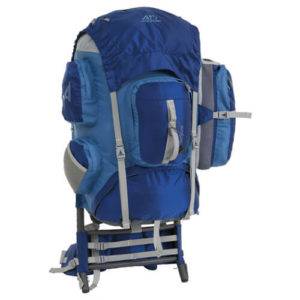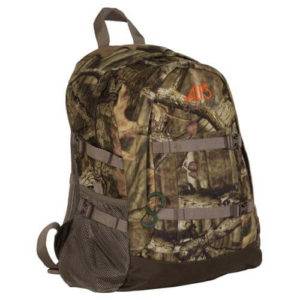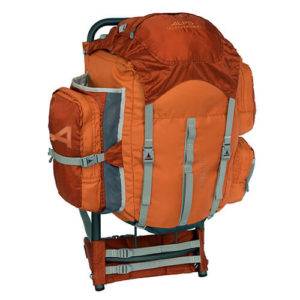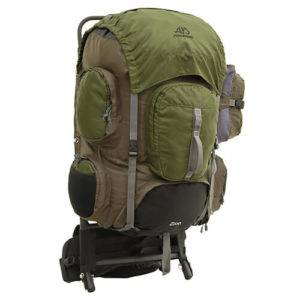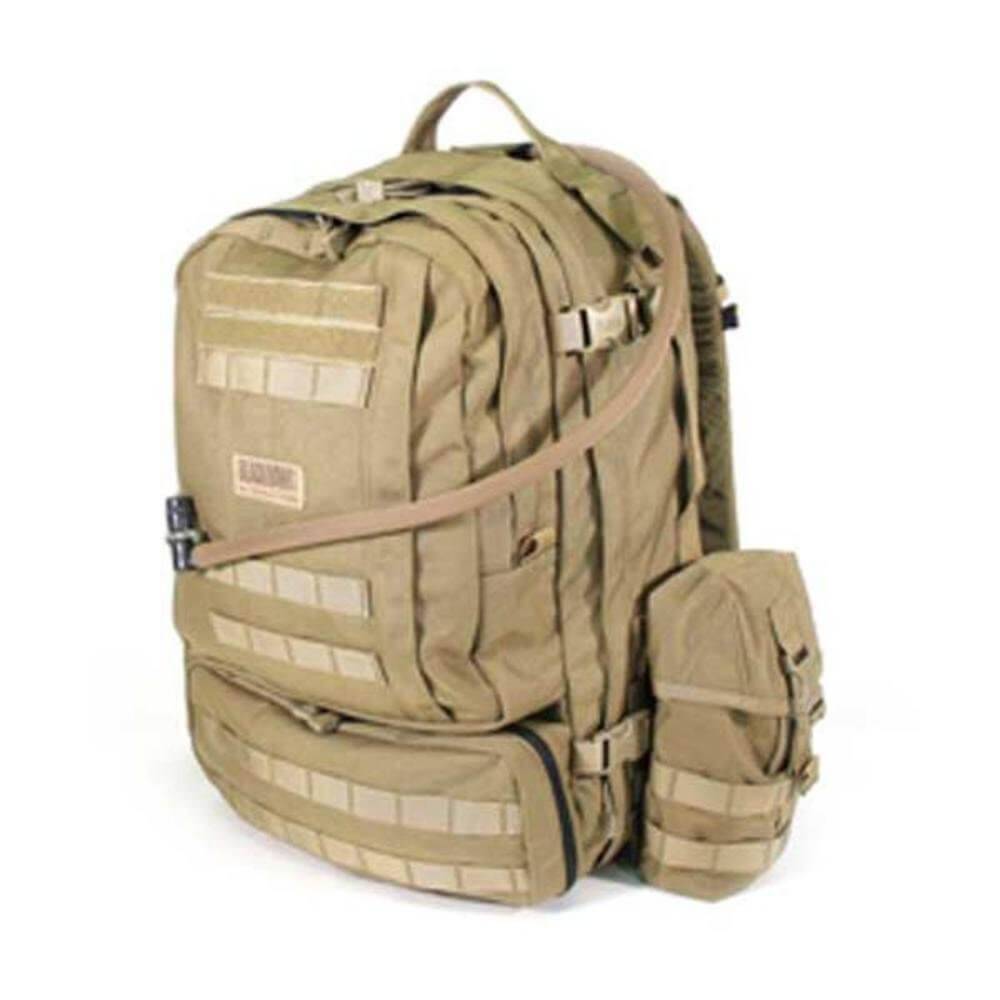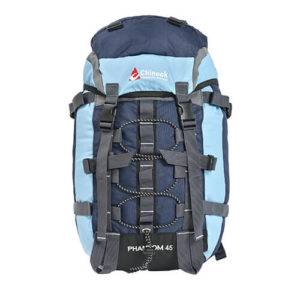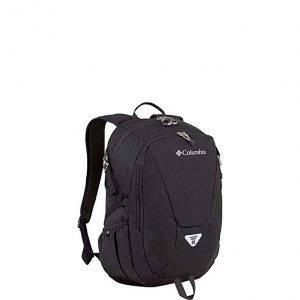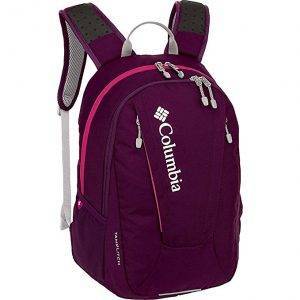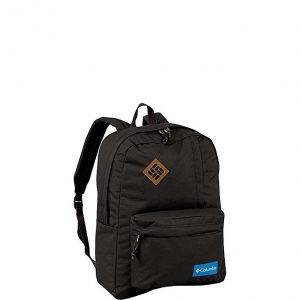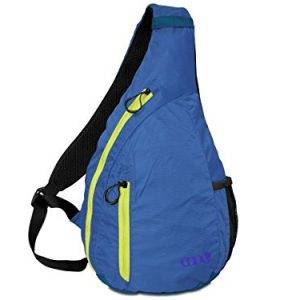
Backpacks
Backpacks generally come in only two basic styles however: external or internal frames. The purpose of the frame is to maintain the pack’s shape, distribute the weight of its contents evenly and transfer the load to the hips and legs through the use of an attached hipbelt. Reduced weight on the shoulders translates into greater upper body motion and the reduced likelihood of shoulder fatigue. When looking for hiking backpacks in Seattle it’s great to have a large selection to choose from. There are many styles of backpacks including mountain trekking backpacks, northwest hiking backpacks, hydration backpacks, sling packs and more in our Seattle backpack shop.
External backpack frames were designed to carry heavy loads and were initially made of wood, but today they are usually made from aluminum. The pack bag is attached to the frame with a series of pins or straps. In most instances, an external frame extends above and below the length of the pack bag, allowing larger, bulkier items to be secured directly to the exposed frame. A system of straps and netting holds the frame and pack away from the user’s back, creating a cooling air flow.
The internal frame system was devised in the late 1960s. Support for the pack bag and load is achieved using strips of aluminum, titanium or plastic. Internal frame packs fit close to the body, and through a system of straps, minimize load shifting. This is especially beneficial for activities like rock-scrambling and skiing. Keep in mind, without the lashing opportunities of an external frame, nearly all your gear must fit inside the pack bag, impacting your choices for such things as sleeping bags and tents. Early models of internal frame backpacks were small and uncomfortable, but continuous refinements have made them the most popular style of backpack in use today.
Two factors influence the size of your pack; your torso length and the volume of gear needed for your adventure. Think about how you will use your pack. Will you often go it alone and need to carry everything yourself, or will you travel with a group where some of the burden can be shared? Do you do mostly overnighters or weeklong excursions requiring more gear? Determine your torso length, which is roughly the distance, in inches, between the small of your back and the base of your neck. Pack capacities may run from 3000 cu. in. to 5000 cu. in. (or 55 liters to 80+ liters). Unfortunately, pack volume of a style is often dictated by torso length, although some brands have a small range of overlap allowing you to opt for a larger pack bag if desired. This limitation may preclude certain brands or styles from consideration. When possible, overestimate your volume needs; since packing at home is much more compact than doing it in the field.
A few accessories might make your pack even more functional. Rope or straps can secure items to the outside of the pack or an external frame. A rain cover can further reduce the chance of wet gear in a storm. Many packs are designed to accommodate hydration reservoirs, although they will take away some of the pack’s interior volume. Duct tape can be useful for field repairs.
Showing 1–12 of 77 results
-
40L Simple Lightweight Travel Daypack
-
Alps Mountaineering Blue Bryce Backpack
$159.99 -
Alps Mountaineering Outdoorz Crossbuck Backpack
$59.99 -
Alps Mountaineering Red Rock Rust Backpack
$119.99 -
Alps Mountaineering Zion Olive Pack
$179.99 -
Blackhawk Titan Hydration Hiking Backpack
-
Chinook Phantom 45 Navy Pack
$49.99 -
Columbia Hackers Creek Hiking Daypack
-
Columbia Tamolitch Hiking Daypack
-
Columbia Varsity Outdoor Daypack
-
Eco-Friendly Hiking Daypack
-
ENO Kanga Hiking Sling Backpack


